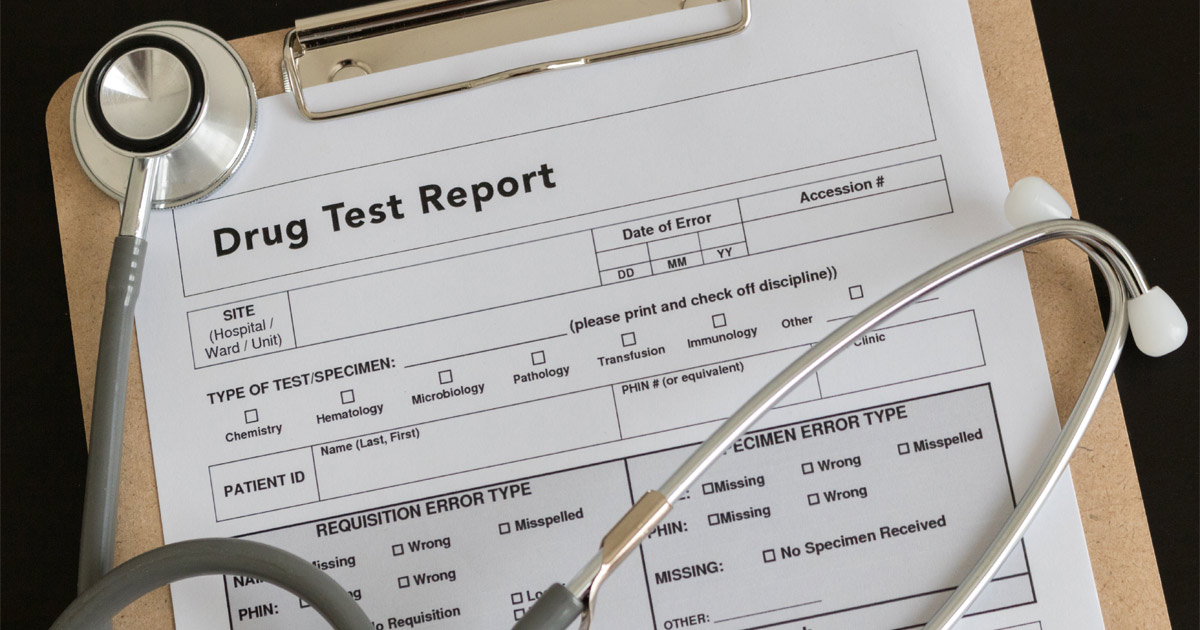FMCSA Increases Annual Random Controlled Substances Testing Percentage
February 3, 2020
In January 2016, the Federal Motor Carrier Safety Administration (FMCSA) reduced the minimum annual percentage rate for random controlled substance testing from 50 percent of the average number of driver positions to 25 percent. Effective January 1, 2020, the agency will double the minimum rate for random controlled substance testing, reestablishing it to 50 percent. The agency increased the testing requirement after the rate for positive random drug tests reached an estimated rate of one percent in 2018. FMCSA regulations instruct the agency administrator to increase the testing requirement from 25 percent to 50 percent if the positive rate is equal to or greater than the one percent threshold.
The FMCSA published the Controlled Substances and Alcohol Use and Testing rule in 2001, which created a process by which the agency could determine whether to increase or decrease the minimum annual percentage rate for random controlled substances testing. Included in the final rule was a provision stating that the decision to increase or decrease the percentage rate would be based on the industry’s overall positive random controlled substance test rate. The FMCSA Administrator has the discretion to increase the minimum annual percentage rate from 25 percent to 50 percent for all drivers if the positive rate is equal to or greater than one percent.
In 2016, the FMCSA lowered the minimum rate for random drug testing to 25 percent after the rate of positive random drug tests remained below one percent from 2011 to 2013. The percentage remained under one percent until it increased in 2018. The notice stated that the change will result in approximately $50 million to $70 million in industry costs by requiring that more drivers be tested.
Survey Results
Each year, a select number of motor carriers must submit a survey to their Department of Transportation drug and alcohol testing program. The motor carriers must ensure that the information submitted is complete, accurate, and sent in on time. Carriers also must provide information about the number of random tests that were conducted and the number of positive rates. In 2018, 4,480 randomly selected carriers received surveys, which produced usable data from 1,552 carriers for random controlled substance testing. The estimated positive random controlled substance rate was one percent.
The 2018 survey results showed that 94 percent of subject motor carriers have random controlled substance and alcohol testing programs in place, and 99 percent of commercial truck drivers participated in these programs. There are approximately 3.2 million truck drivers participating in interstate commerce and one million who operate in intrastate commerce, meaning over 1.05 million random controlled substances tests would be conducted with an annual random testing rate of 25 percent.
Baltimore Truck Accident Lawyers at LeViness, Tolzman & Hamilton Advocate for Victims of Truck Accidents Involving a Drunk Driver
If you were seriously injured in a truck accident, and the truck driver was under the influence of drugs or alcohol, do not hesitate to contact the Baltimore truck accident lawyers at LeViness, Tolzman & Hamilton. Driving a truck while intoxicated can endanger the lives of other motorists on the road. We will take every step necessary to ensure that you receive the maximum financial compensation you deserve for your injuries. We will not stop fighting for you until justice has been served. To schedule a free consultation, call us today at 800-547-4LAW (4529) or contact us online.
Our offices are located in Baltimore, Columbia, Glen Burnie, and Prince George’s County, allowing us to represent truck accident victims in Maryland, including those in Anne Arundel County, Baltimore County, Carroll County, Harford County, Howard County, Montgomery County, Maryland’s Western Counties, Prince George’s County, Queen Anne’s County, Southern Maryland, and the Eastern Shore, as well as the communities of Catonsville, Essex, Halethorpe, Middle River, Rosedale, Gwynn Oak, Brooklandville, Dundalk, Pikesville, Nottingham, Windsor Mill, Lutherville, Timonium, Sparrows Point, Ridgewood, and Elkridge.






